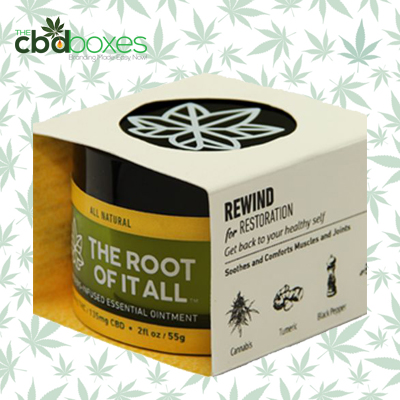This article will discuss the CBD packaging labeling requirements in California. Cannabidiol, or CBD, has become popular in the health and wellness industry. In California, where the use of both recreational and medical cannabis is legal, CBD products are subject to labeling requirements to ensure consumer safety and information.
CBD Packaging and labeling Recommendations By California Cannabis Agencies
California has been at the forefront of cannabis legalization in the United States, with both recreational and medical use of cannabis being legal in the state. As a result, the state has implemented stringent packaging and labeling regulations to ensure consumer safety and transparency. In this article, we will discuss the packaging and labeling recommendations by California’s cannabis agencies.
The three agencies responsible for regulating cannabis in California are the California Department of Public Health (CDPH), the Bureau of Cannabis Control (BCC), and the California Department of Food and Agriculture (CDFA). Each agency has its own set of guidelines for packaging and labeling cannabis products.
The CDPH regulates cannabis-infused products, such as edibles and topicals. The agency has established the following packaging and labeling recommendations:
Child-resistant CBD packaging: All cannabis-infused products must be packaged in child-resistant packaging to prevent accidental ingestion by children.
Product identity: The label must identify the product as a cannabis-infused product.
Net weight: The label must display the product’s net weight in metric and US customary units.
Serving size: The label must specify the recommended serving size for the product.
Ingredients: The label must list all ingredients contained in the product.
THC content: The label must specify the amount of THC in the product.
CBD content: If the product contains CBD, the label must specify the amount of CBD in the product.
Date of manufacture and expiration: The label must include the date of manufacture and the product’s expiration date.
Storage instructions: The label must include instructions for storing the product.
Health and safety warning: The label must include a warning that the product may harm health and impair driving and operating machinery.
Product Name: The product name should be clear and descriptive of what the product is. Avoid using misleading or false statements that could misrepresent the product.
Manufacturer Information: The name and contact information of the manufacturer should be visible on the label. This information allows consumers to contact the manufacturer with any questions or concerns.
Dosage Instructions: If the product is intended for consumption, clear and accurate dosage instructions should be provided on the label. This information will help consumers understand how much of the product to take and how often.


